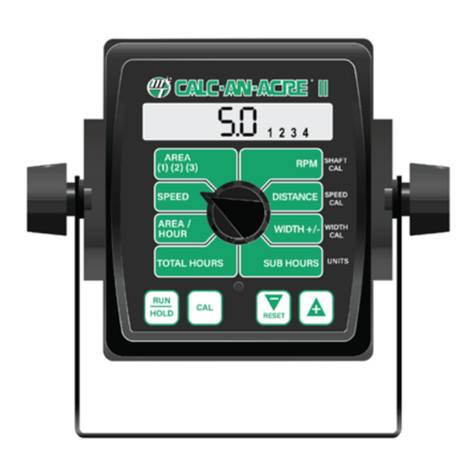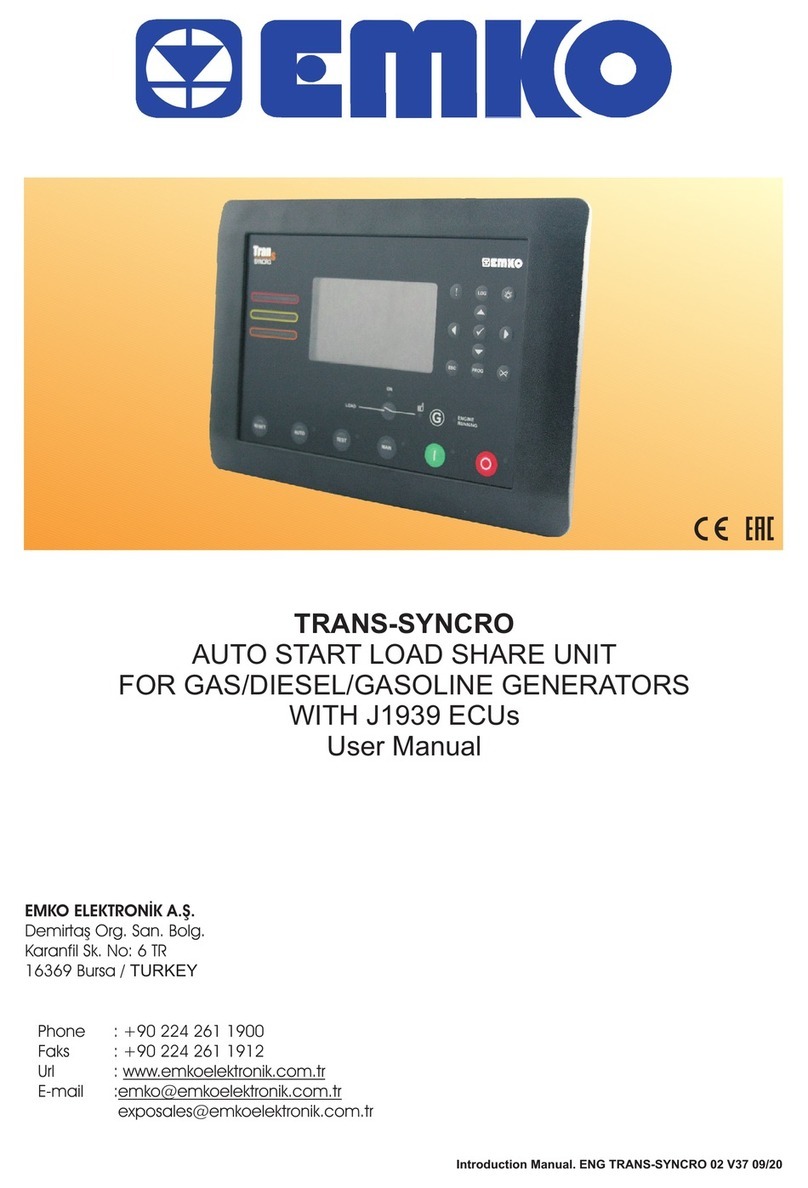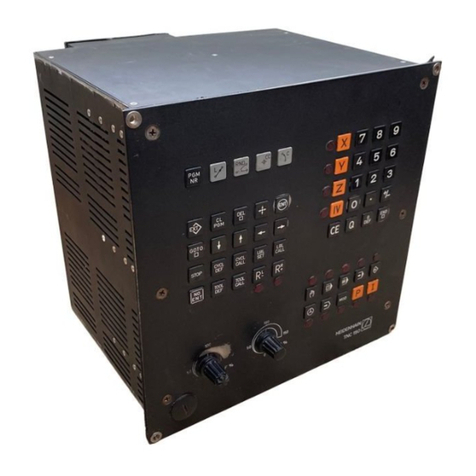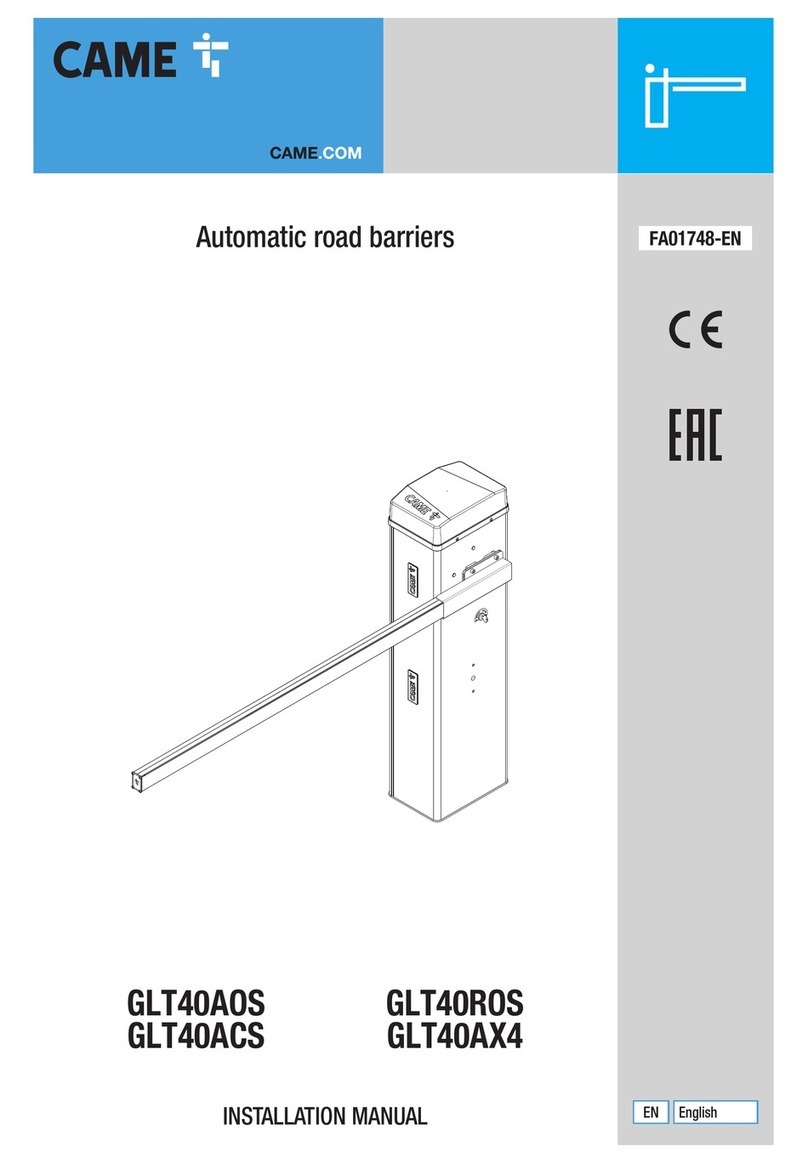17047 Ver 1.8 DRAFT C vi Easikey® 1000
7.1.3 Door Time Profile .....................................................................................................20
7.1.4 Door Options ............................................................................................................20
7.2 The DOORS/6 Function ....................................................................................................21
8.1 Setting the Clock................................................................................................................22
8.2 Upload/Download ..............................................................................................................22
8.3 Editor Keys ........................................................................................................................23
8.4 Channel Interlock...............................................................................................................23
8.5 Anti-Passback....................................................................................................................24
8.6 Software Version Display ..................................................................................................24
9.1 The Controller Keypad and Display...................................................................................25
9.2 Editor Keys ........................................................................................................................25
9.3 How to use an Editor Key ..................................................................................................26
9.3.1 Entering Data............................................................................................................26
9.3.2 Editor Time-Out ........................................................................................................26
10.1 Power Indicators ..............................................................................................................27
10.2 Normal Displays...............................................................................................................27
10.3 Door Left Open Warning..................................................................................................27
10.4 Unauthorised Access Alarm ............................................................................................28
10.5 Duress Alarm ...................................................................................................................28
10.6 Cable or Reader Tamper Alarm ......................................................................................29
10.7 Alarm Relays ...................................................................................................................29
11.1 Key Numbers ...................................................................................................................30
11.2 Access Levels and Time Profiles.....................................................................................30
11.2.1 Access Levels ........................................................................................................30
11.2.2 Time Profiles...........................................................................................................30
11.2.3 Adding a New Key..................................................................................................31
11.3 Adding Several Keys .......................................................................................................32
11.4 Editing a Key....................................................................................................................32
11.5 Voiding a Key...................................................................................................................33
11.6 Identifying a Key ..............................................................................................................33
12.1 How They Work ...............................................................................................................34
12.2 How to Set Time Profiles .................................................................................................35
13.1 Adding an Editor Key.......................................................................................................38
13.2 Voiding an Editor Key ......................................................................................................38
14.1 Setting the Clock..............................................................................................................39
14.2 Display PIN ......................................................................................................................39
14.3 Display Last Five Keys Used...........................................................................................39
14.4 Manual Lock and Unlock .................................................................................................39
14.4.1 Doors Controlled by a Time Profile ........................................................................39
14.4.2 Doors not Controlled by a Time Profile ..................................................................39
14.4.3 To Lock/Unlock a Door...........................................................................................40
14.5 Printer Functions..............................................................................................................40
14.5.1 Transaction Logging...............................................................................................40
14.5.2 User Selected Reports ...........................................................................................41
14.5.3 Printing the Database:............................................................................................41
14.5.4 Printing Selected Key Transactions .......................................................................42
14.5.5 Clearing the Transaction Memory ..........................................................................42
16.1 Introduction ......................................................................................................................44
16.2 Magstripe Readers ..........................................................................................................44
16.3 PIN Readers ....................................................................................................................44
16.4 AVR Readers...................................................................................................................45
16.5 Wiegand Readers............................................................................................................45
16.6 Keys .................................................................................................................................45



























